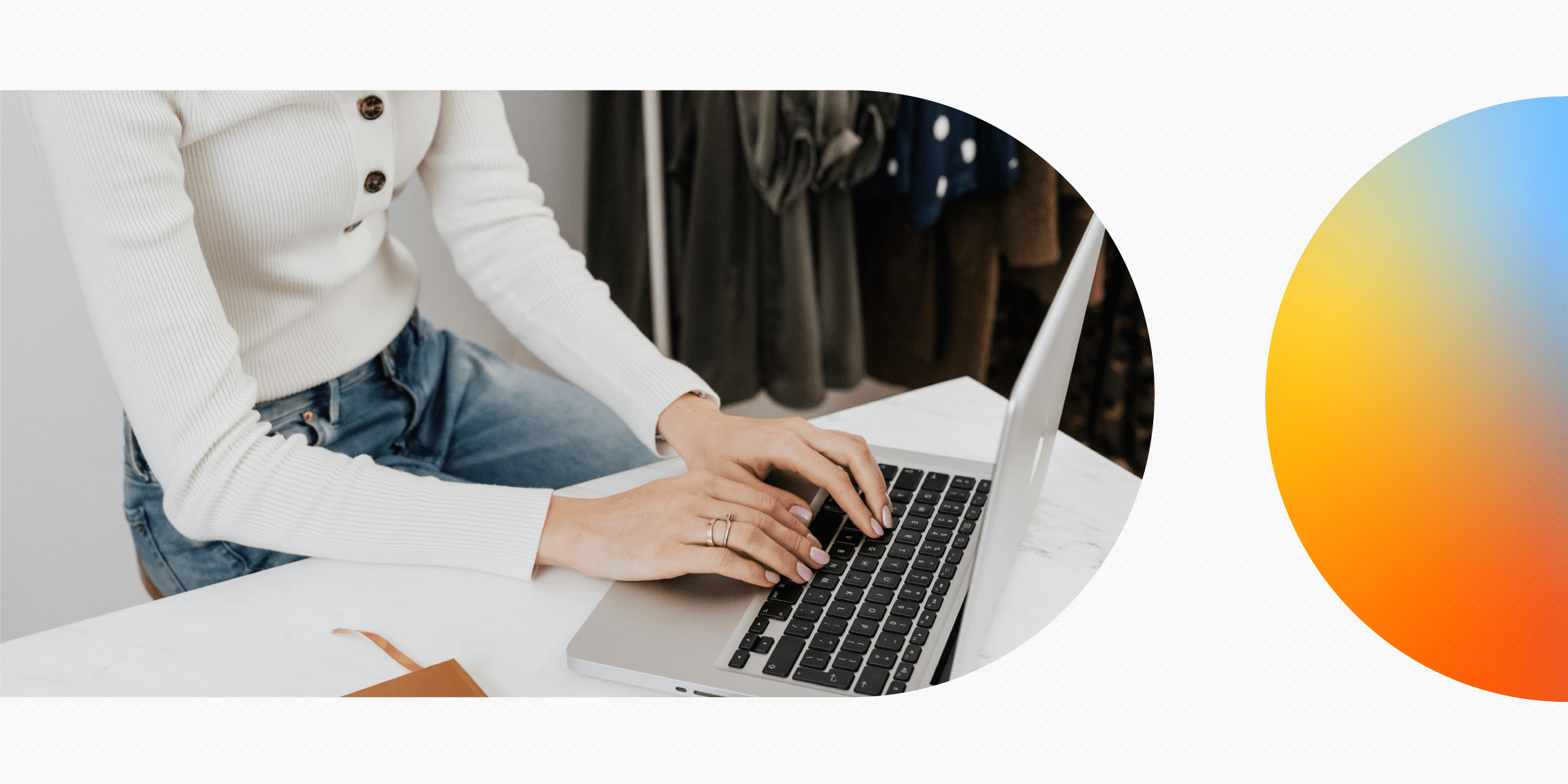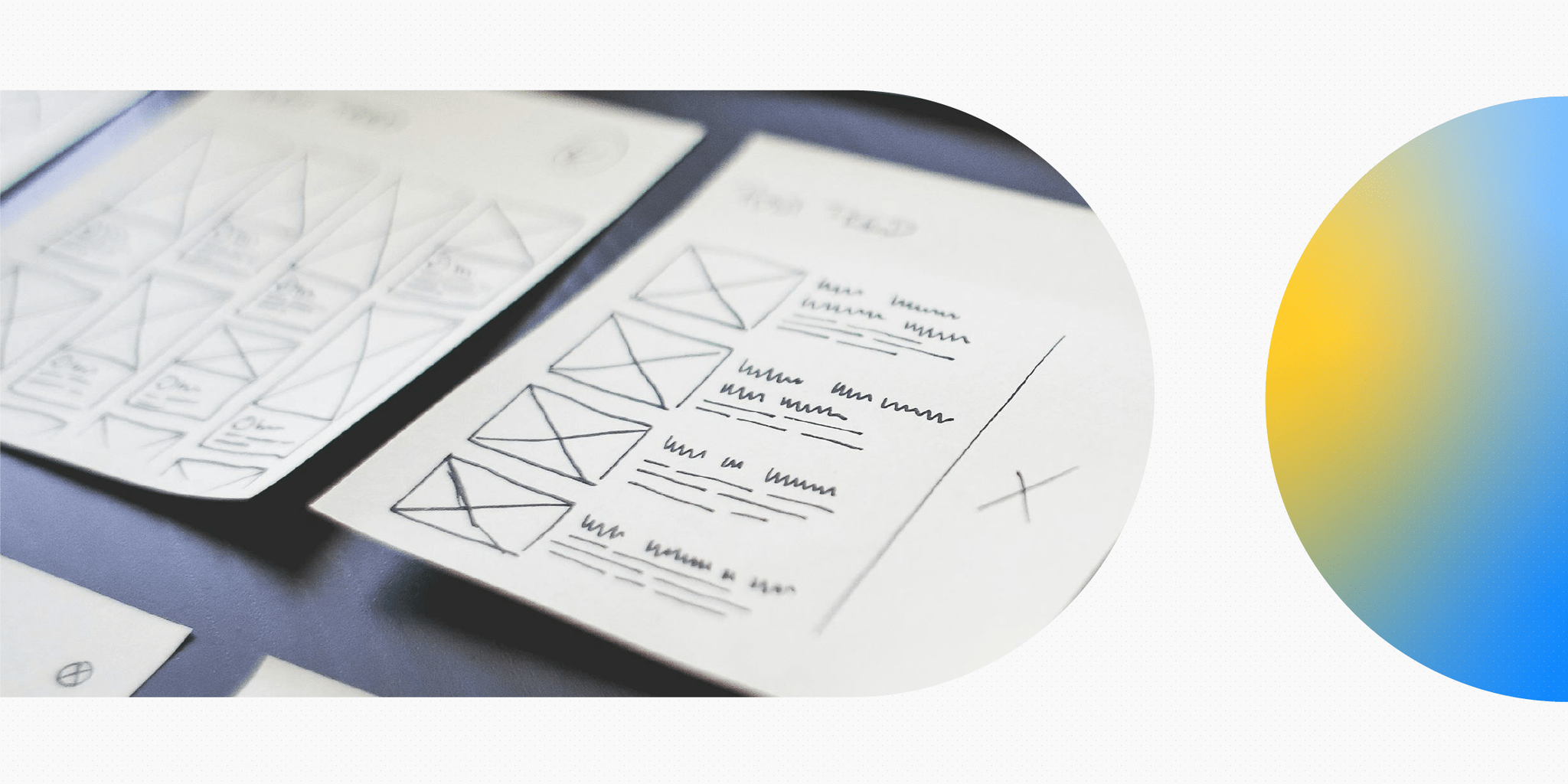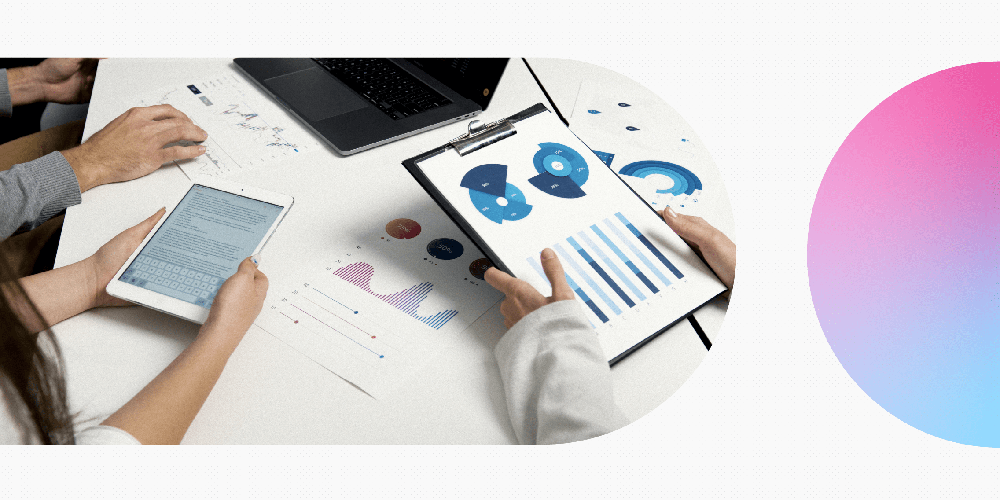If you’re searching for your first UX job, you’ll soon discover that there is a vast array of UX job roles advertised on job sites. With all of these different UX job roles and titles, the tasks and skills required can vary widely for each one. On top of that, even jobs with the same titles can have different responsibilities. Part of the reason for this is that UX is a fairly new field, and even though many companies know they should include UX professionals on their design team, they don’t always know what to call them.
Another reason is that job requirements can change based on the size of the company. While you might specialise in one part of the UX design process at a company with a large UX team, you could be responsible for every part of the process at a small startup.
Nonetheless, there are some established differences between UX job roles. Here we’ll cover 11 of them, including the skills required and the job responsibilities that come with each. This information will help you understand approximately what to expect from each UX job role and which one might be most appealing to you.
Keep reading to learn about the skills and responsibilities of a :
- UX Designer
- UI Designer
- UX/UI Designer
- UX Manager
- UX Researcher
- UX Writer
- Information Architect or UX Architect
- UX Strategist
- Product Designer
- Product Manager
- Product Owner
UX job roles to know
UX Designer
This is the most well-known job title in the UX industry and the one that tends to come with the widest set of responsibilities. UX designers are generalists who champion and design for users throughout a project. This means they know how to research user needs at the beginning of the project, outline the scope of a project’s features and content, define the navigation and information hierarchy, create wireframes and prototypes and – finally – test their designs to see how well they perform.
Yet, while UX designers should be able to jump in at any stage of the design process, at large companies where UX specialists, such as UX researchers, are on staff, they may not be solely responsible for certain phases of the design process.
Job responsibilities include:
- Conduct user research, such as user interviews, prototype testing, card sorting and more
- Conduct competitive analysis
- Use research data to determine what users want and where their pain points lie
- Create personas and journey maps
- Create site maps and other information architecture deliverables
- Create wireframes and prototypes
- Collaborate with a cross-functional team
Skills required include:
- Empathy for users
- Communication and collaboration with other team members
- Organisation and prioritisation of project tasks and responsibilities
- Ability to think critically about user needs
- Ability to perform user research and analyse results
- Wireframing and prototyping skills
- Capable of using industry standard software including OmniGraffle, InDesign, Invision or other tools
UI Designer
UI designers design all the screens that make up a digital user interface, as well as the individual elements featured on those screens. As such, they consider both the overall layout of each individual screen and how all the separate screens fit together. They are responsible for creating high fidelity prototypes that are indicators of how a user interface looks, and as a result their work happens late in the UX process. Because their focus is the visual aspects of a product, UI designers need to be able to ensure their designs fall in line with brand guidelines.
Job responsibilities include:
- Conducting user research and analysis of existing designs in order to understand user needs and product goals, either in collaboration with UX designers or independently
- Conducting competitor analysis to understand how users might expect the product to look and behave based on their experience with similar products
- Hands-on design work: Making decisions about typography and colour palettes, designing logos and individual UI elements such as buttons, icons and forms
- Interactive design: Designing the interactive properties of different UI elements. For example: creating animations and establishing what happens when a user clicks a certain button
- Creating wireframes and prototypes to communicate the look and feel of the UI before it’s developed
- Handing designs off to developers
- Developing and maintaining a UI style guide to ensure design consistency
Skills required include:
- Knowledge of fundamental visual design principles, such as typography and colour theory
- Knowledge and understanding of interaction design principles
- Knowledge and understanding of user experience (UX) design principles and processes
- The ability to create wireframes and prototypes
- Knowledge of industry tools (refer to our UX and UI design tools guide for more detail)
- Knowledge and understanding of information architecture
- Knowledge and understanding of responsive design
- Knowledge and understanding of how to design for inclusivity and accessibility
UX/UI Designer
A UX/UI designer handles the responsibilities of both a UX designer and a UI designer. While it’s often desirable to have different people handle these different responsibilities, at small companies or companies who only have tiny UX teams, one person may be tasked with both.
UX Manager
A UX manager, as the title suggests, is the person in charge of the UX team. They’re responsible for assigning team members to projects, representing the team’s expertise across the company and ensuring the team continues to develop professionally. UX managers also usually lead and oversee large projects.
Job responsibilities include:
- All the skills of a UX designer
- Coordinating and overseeing the UX team
- Ensuring UX teams stay up to date on best practices and new approaches
Skills required include:
- Managing people
- Excellent communication and organisational skills
- Staying up-to-date on all the latest developments in the UX industry
UX Researcher
UX researchers specialise in researching a product’s users. This means they should be comfortable collecting both qualitative and quantitative data through a variety of techniques including user interviews, user surveys, and A/B tests. UX researchers also analyse data and present their insights and recommendations to the UX team.
Job responsibilities include:
- Conduct user research, using both qualitative and quantitative techniques
- Consult with the UX team to decide what research would be most helpful to a project
- Analyse collected data
- Create user personas, journey maps, user stories and presentations that provide insight into research findings
- Make recommendations for the project based on research findings
Skills required include:
- Knowledge of psychology or cognitive science
- Strong understanding of UX design
- Collaboration and communication skills
- Experience with quantitative and qualitative research techniques
- Ability to analyse quantitative and qualitative research data
- Ability to use analytical and presentation tools like SPSS, NVivo, Powerpoint and Keynote
UX Writer
UX writer is one of the newer job titles in the industry. UX writing is the creation of all the copy you see, hear or encounter when using a digital product and UX writers specialise in crafting copy that will help the user understand and navigate through the product. This means writing things like microcopy, calls to action and error messages based on user needs instead of marketing goals.
Job responsibilities include:
- Conduct or assist with UX research
- Write copy that is user-friendly and helpful
- Write in the brand’s voice while keeping user needs in mind
- Ensuring that the copy fits with and facilitates the user experience
- Create a strategy to ensure copy is consistent across a product
Skills required include:
- Exceptional writing abilities
- Empathy for users
- Ability to adapt writing tone and style
- Strong understanding of UX design
Information Architect or UX Architect
Like UX writers and UX researchers, information architects (who may also be called UX architects) are specialists. They’re concerned with organising and structuring the information and content throughout a product’s design stages. They determine the navigation across the product, the hierarchy of the product’s pages and the way pages are structured, all with the goal of ensuring the user’s journey is smooth and logical.
Job responsibilities include:
- Perform user research to understand how users move through a product
- Create site maps, use cases and user flows to communicate a site’s navigation and structure
- Label navigation elements in a logical, understandable way
Skills required include:
- Knowledge of how to conduct user research, especially things like card sorts and eye-tracking tests
- Empathy for users
- Ability to organise a large amount of information
- Ability to use industry standard software
UX Strategist
A UX strategist is a UX designer who also understands how to utilise and implement business strategies. They’re often responsible for defining business goals in conjunction with clients and stakeholders and deciding on a strategy for the content available in a product that balances user needs with business requirements.
Job responsibilities include:
- Conduct user research and analysing data for insights into what users want from a business
- Perform competitive analysis
- Create journey maps and storyboards
- Use research insights to arrive at business goals
- Create and present a UX strategy
Skills required include:
- Training in business strategy, including marketing
- Thorough understanding of UX design
- Excellent communication skills
Product Designer
The job title product designer is often confused with that of UX designer and there’s a good reason for that. At some companies, product designers perform the job of UX designers. However, while the two roles share many responsibilities and tasks, typically a product designer should have the added responsibility of focusing their attention on the goals of the product they’re designing.
This means along with completing UX designer tasks, they also take on the responsibilities of a project manager, such as steering the project development process from beginning to end. They also an eye on business goals for the product along with user needs, plotting the direction of the product even after it launches. They oversee every phase of the design process, including the final stages as developers code and launch the final product.
Job responsibilities include:
- Conduct user research, such as user interviews, prototype testing, card sorting, and more
- Conduct competitive analysis
- Use research data to determine what users want and where their pain points lie
- Create personas and journey maps
- Create site maps and other information architecture deliverables
- Create wireframes and prototypes
- Collaborate with a cross-functional team
- Create product roadmaps
- Oversee the entire product team
- Communicate with development team
Skills required include:
- Empathy for users
- Communication and collaboration with other team members
- Organisation and prioritisation of project tasks and responsibilities
- Ability to think critically about user needs
- Ability to perform user research and analyse results
- Wireframing and prototyping skills
- Capable of using industry standard software including Omnigraffle, InDesign, Invision or other tools
- Ability to manage a cross-functional team
Product Manager
Product managers often work with product designers but, while product designers focus on user needs and specific product goals, product managers focus on broader business goals. They often conduct market and competitor analysis and define the product strategy and its position in the marketplace.
Product Owner
Product owners and product managers have similar responsibilities but product owners are more concerned with tactics than strategy. They take the strategy envisioned by the product manager and break it down into a set of requirements and tasks that the product team can execute on.
The difference between junior and senior level UX job roles
Just like many other industries, there is a hierarchy to UX roles, especially if you work in larger companies. The differences between junior, mid-level, senior and manager UX roles is mostly the scope of one’s responsibilities.
At the junior level you’ll usually be asked to complete work on small parts of a larger project. This could mean wireframing a part of an app or website after the senior designer decides on a direction for the site. Or creating personas based on research and collaborating on ideas for innovative interactions for a new device. Junior designers might even be tasked with designing the entire user experience if a project is small.
As you climb the ladder from junior to mid-level, the amount of responsibility and autonomy you’re given will increase until, at the senior level, you’ll be tasked with acting as the lead on larger projects. This could mean managing other team members assigned to the project and mentoring those in junior roles along with overseeing the UX design process and planning the team’s approach.
As mentioned in the job description above, by the time people become UX managers, they’re usually managing an entire UX team, which includes leading large projects and assigning team members to different project teams. Fortunately, because many companies now have UX teams, you will likely have a lot of on-the-job support throughout the early stages of your career. So by the time you’re promoted or hired to a senior role, you’ll be thoroughly prepared.
Many job titles, subtle differences
Although this information should help clarify what different UX titles mean, remember that UX job roles aren’t always clear cut. So while you could be called a UX designer at one company, you might be called a product designer at another company and an interaction designer at a third company, with only a slight change in your job responsibilities.
As a result, no matter what role you’re hoping to be hired for, the flexibility of UX roles means that the best thing you can do to make sure the job you’re applying for is the correct fit is read the job advertisement carefully and ask questions during job interviews about the tasks you’ll be responsible for: Will you work on a team or by yourself? Will you be responsible for a project from beginning to end or only part of it? Will you mostly be wireframing and prototyping?
Above all, remember that UX is a fantastic industry to be in with lots of opportunity. If you have the skills, you’re sure to find the right job title and role for you.





